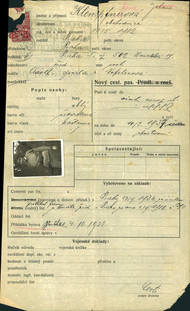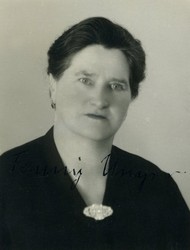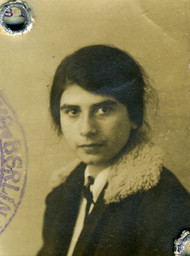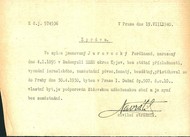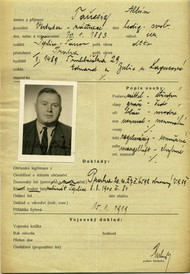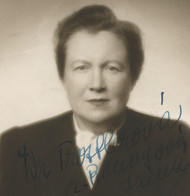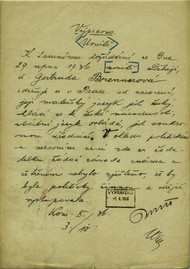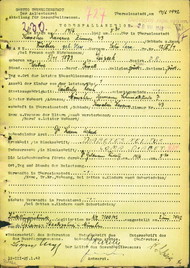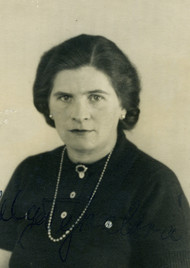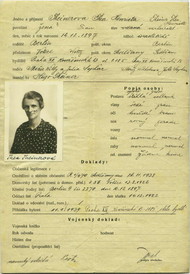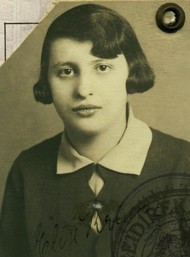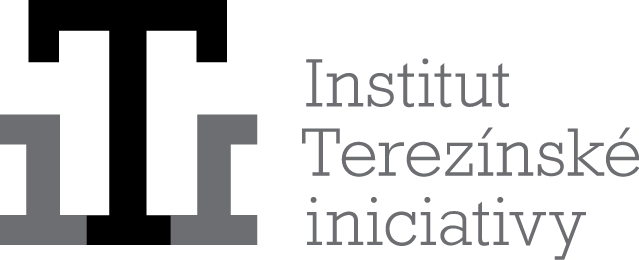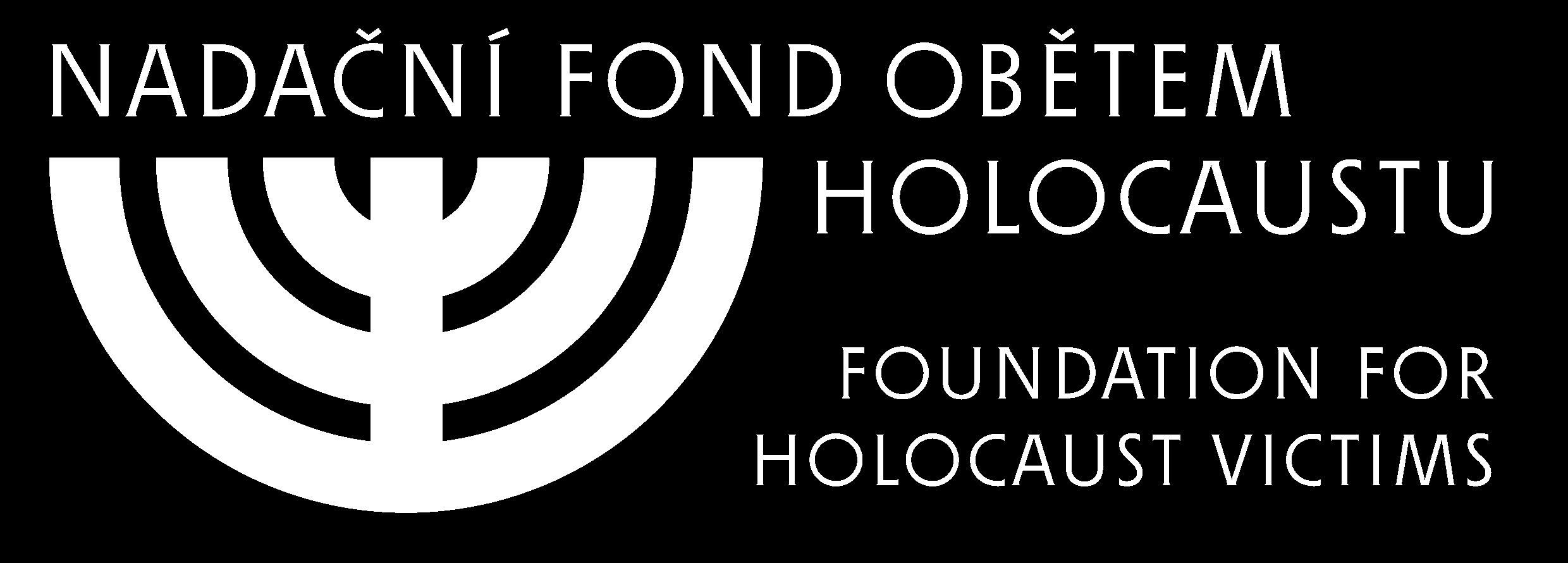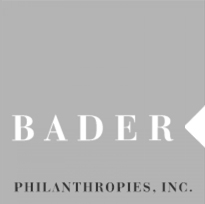Key and copyright. (In Czech)
One of the oldest Nazi concentration camps, Dachau is located approximately 15 km north west of Munich. Its establishment was announced by Heinrich Himmler on the 20th of March 1933, just under two months after the Nazis seized power. Two days later the first prisoners were brought to Dachau, mostly communists and social democrats.
In June 1933, Theodor Eicke became the camp commander. He introduced a regime which essentially consisted of the systematic terrorisation of prisoners and an attempt to humiliate them as thoroughly as possible. Eicke had the camp surrounded by an electric fence with watch towers. Dachau also became a murder school
for SS members. In 1934, Eicke became the inspector of all the concentration camps. The system he developed was introduced, with certain modifications, into the other camps.
To start with, Dachau was used as a place of internment for opponents of the regime - mostly communists, social democrats and trade unionists. Political prisoners managed to gain all the significant positions in the prison's administration and to maintain them throughout the camp's existence, which meant that in many cases they were able to help other prisoners. Later on, they were joined by other groups of prisoners - Jehovah's Witnesses, Roma and homosexuals. The number of Jewish prisoners also grew. After Kristallnacht, over 10 000 Jews from all over Germany were brought to Dachau. They were released a few weeks later after promising to leave Germany. Most of them, following their experiences in the concentration camp, were only too glad to emigrate.
During the war, all sorts of other groups of prisoners from the occupied territories were sent to Dachau, and it increasingly became a place of mass murder. In October 1941, several thousand Soviet prisoners of war were deported and subsequently shot. From January 1942 on, some of the prisoners, known as the invalids
, were taken to the castle of Hartheim near Linz, where they were murdered using gas. A gas chamber was also built in Dachau next to the large crematorium, but it was never used for mass murder. Killing at the camp took place by means of execution, until it was liberated.
On the 5th of October 1942, Himmler issued orders for the transportation of all Jewish prisoners from concentration camps on German territory. All the Jewish prisoners in Dachau were deported to Auschwitz. In the winter of 1942, SS doctors in the camp started to perform painful medical experiments on the prisoners, which often ended in death.
In 1942, a network of auxiliary camps was created at Dachau, their prisoners being used above all for slave labour in the German weapons industry. Up to 37 000 people were imprisoned in Dachau. Underground factories were created at the largest complex of auxiliary camps at Landsberg am Lech, with mostly Jewish prisoners being deported from the camps in the east to help build them. In late 1944 and early 1945, some 30 000 prisoners worked there under deadly conditions.
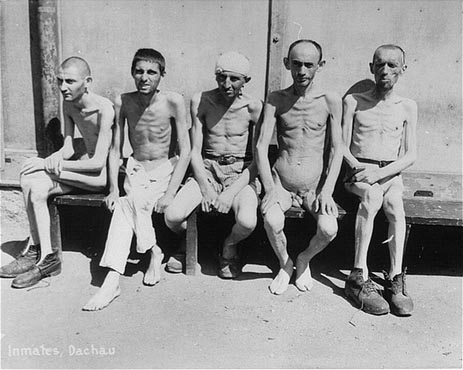
Prisoners liberated in Dachau. (Photo: Francis Robert Arzt, courtesy of USHMM Photo Archives.)
In the main camp too, conditions at the end of the war were horrendous. Dachau was unbearably overcrowded as a result of the influx of prisoners evacuated from the camps that were being closed ahead of the Allied advance. Thousands of prisoners fell victim to a typhus epidemic. On the 29th of April 1945, 30 000 thousand prisoners at the camp were liberated by US army units without any fighting.
Links:
-
Gedenkstätte Dachau. Monument on the site of the former concentration camp.
-
The Dachau Gas Chambers. An essay by Harry W. Mazal.
-
Dachau. Nizkor.
-
Map of Dachau concentration camp (on the website A Teacher's Guide to the Holocaust).
Literature:
-
Dachauer Hefte Series, DTV, München.
-
Sigel, Robert. Im Interesse der Gerechtigkeit. Die Dachauer Kriegsverbrecherprozesse, 1945-1948. Frankfurt am Main: Campus, 1992. 250 s.
-
Kroupa, Vlastislav. Koncentrační tábory Třetí říše: Dachau, Mauthausen (Konzentrationslager des Dritten Reiches: Dachau, Mauthausen). Praha: ČSPB, 1986. 67 s.
-
Zámečník, Stanislav. To bylo Dachau (Das war Dachau). Praha: Paseka, 2003. 440 s.


